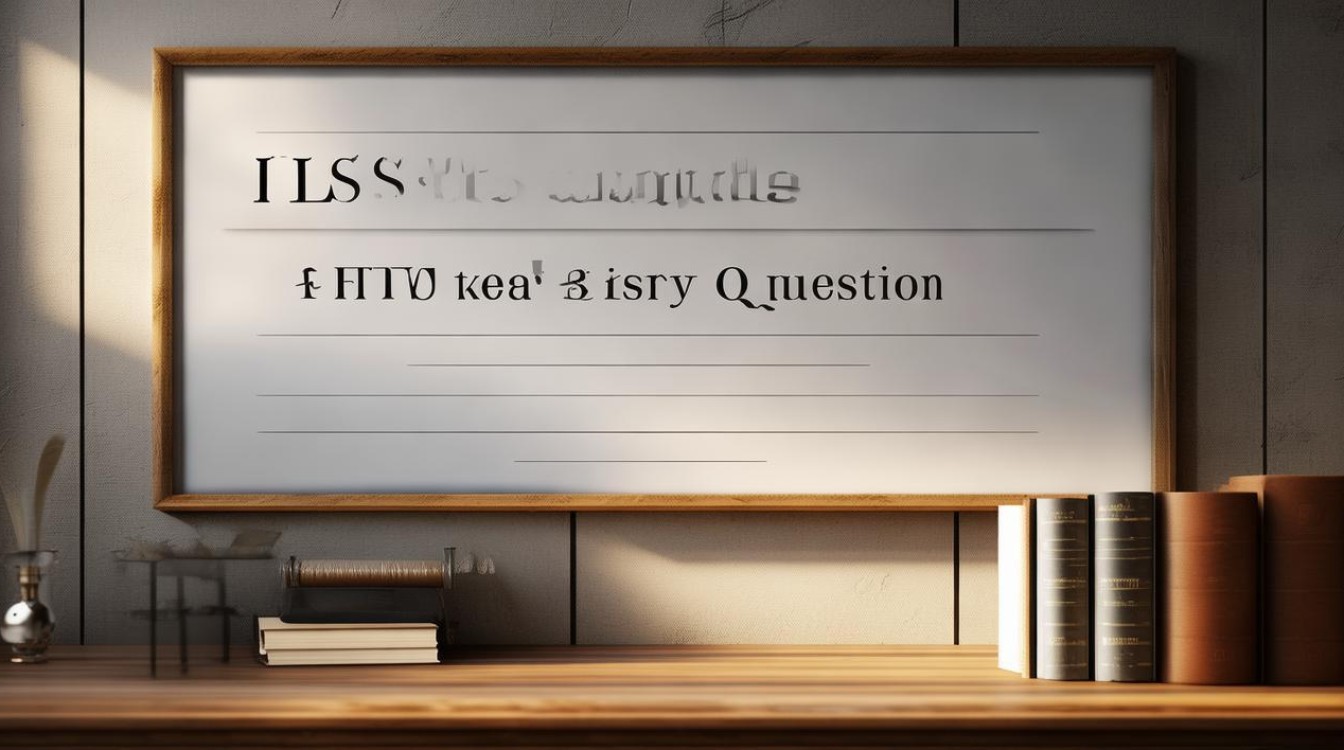在雅思写作备考过程中,考生们常常将重点放在语言表达和逻辑结构上,却容易忽略对题目关键词的深度挖掘。“机会”这一关键词在雅思作文题中频繁出现,它不仅是一个常见的讨论对象,更是考察考生对社会现象、个人发展及全球议题分析能力的重要载体,理解“机会”的多重内涵、掌握相关话题的论证思路,对于提升雅思写作成绩至关重要,本文将围绕雅思作文中的“机会”主题,从核心概念、常见话题类型、论证方法及实例分析等方面展开探讨,帮助考生系统掌握这一话题的写作策略。

雅思作文中“机会”的核心概念解析
在雅思写作中,“机会”并非一个简单的“可能性”词汇,而是具有丰富社会内涵的复合概念,它既指个人层面的发展机遇(如教育机会、职业机会),也涉及社会层面的公平性(如机会均等、机会分配),还包括全球视野下的资源与挑战(如国际合作机会、技术革新带来的机遇),考生需根据具体题目,明确“机会”的指向范围,避免泛泛而谈。 Some people think that universities should provide graduates with the knowledge and skills needed in the workplace, while others believe that the true function of a university is to give access to knowledge for its own sake. Discuss both views and give your own opinion.”中,“access to knowledge”本质上是一种教育机会的体现,考生需围绕“实用技能”与“知识本身”两种机会的价值展开对比论证。
涉及“机会”的常见雅思话题类型
雅思作文中的“机会”类话题通常可分为以下三类,每类均有其独特的论证逻辑:
个人发展与机会
此类话题聚焦个体如何通过自身努力或外部条件把握机会,实现个人成长,典型题目如:“Some people believe that personal happiness is directly related to economic success, while others argue that happiness depends on other factors. Discuss both views and give your opinion.”(经济成功作为实现幸福的机会,与其他非经济因素的对比)。
社会公平与机会分配
这是雅思写作的高频话题,重点讨论机会分配的公平性及影响因素。“Some people think that the government should provide job opportunities for the unemployed, while others believe that it is up to individuals to find jobs. Discuss both views and give your opinion.”(政府与个人在创造就业机会中的责任分配)。
科技、环境与全球机会
随着全球化深入,此类话题日益增多,探讨科技发展、环境保护等议题带来的新机遇或挑战。“Some people think that technology has made life more complex, while others believe that it has provided more opportunities. Discuss both views and give your opinion.”(技术发展带来的生活复杂性与机会之间的权衡)。
机会类话题的论证方法与结构设计
针对“机会”类话题,合理的论证结构和清晰的逻辑层次是高分关键,以下推荐两种常用结构,并辅以论证方法说明:
对比论证结构(四段式)
- 开头段:背景引入 + 双方观点概括 + 个人立场。
例:“In an era of rapid social change, the role of opportunity in personal and societal development has sparked debate. While some argue that equal access to opportunity is the cornerstone of social progress, others contend that individual effort outweighs external opportunities. This essay will explore both perspectives before asserting that a balance between equal opportunity and personal endeavor is essential.” - 主体段一:论证一方观点(如“机会均等的重要性”)。
论证方法:数据支撑(如“According to the World Bank, countries with higher intergenerational mobility tend to have more equitable access to education”)+ 案例分析(如北欧国家的福利政策如何促进教育机会公平)。 - 主体段二:论证另一方观点(如“个人努力的关键作用”)。
论证方法:反证法(如“Even in societies with equal opportunities, individuals who lack motivation may fail to capitalize on available resources”)+ 名人案例(如企业家马斯克通过持续学习把握科技发展机会)。 - 结尾段:双方观点总结 + 重申立场 + 提出建议或展望。
因果论证结构(五段式)涉及“机会”的原因、影响或解决方案,可采用因果结构:
- 开头段:背景 + 核心问题(如“Why do some groups have limited access to opportunities, and what are the solutions?”)。
- 主体段一:分析原因(如教育资源分配不均、社会歧视等)。
- 主体段二:阐述影响(如贫富差距扩大、社会流动性降低)。
- 主体段三:提出解决方案(如政策改革、教育普及、企业社会责任)。
- 结尾段:+ 强调行动的紧迫性。
机会类话题常用论点与论据速查表
| 论点方向 | 具体论据 |
|---|---|
| 机会的重要性 | 机会是实现个人潜能的基石;促进社会流动性与创新;推动经济发展与全球化。 |
| 机会不均的危害 | 加剧社会不公;导致人才浪费;引发社会矛盾(如阶层固化)。 |
| 创造机会的主体 | 政府政策(如税收优惠、公共投入);企业责任(如招聘公平、职业培训);个人努力(如技能提升)。 |
| 把住机会的关键 | 教育背景、适应能力、人脉资源、风险意识。 |
实例分析:一道典型“机会”类题目解析Some people believe that the best way to improve public health is by increasing the number of sports facilities. Others, however, think that other measures are required to improve public health. Discuss both views and give your opinion.
思路解析:
- 关键词识别:“public health”(公共健康)、“sports facilities”(体育设施)、“other measures”(其他措施),核心在于讨论“体育设施”作为提升健康的机会,是否是“最佳”方式。
- 双方观点拆解:
- 正方:体育设施增加 → 提供运动机会 → 鼓励锻炼 → 降低肥胖、心脏病风险。
- 反方:健康问题复杂(如饮食、作息、医疗环境)→ 需多措施结合(健康教育、医疗改革、城市规划)。
- 个人立场:体育设施是重要手段之一,但需与其他措施协同作用。
参考范文片段(主体段):
“Advocates for increasing sports facilities emphasize the direct link between access to exercise opportunities and public health. For instance, in cities where new gyms, parks, and stadiums have been constructed, studies show a 15% rise in regular physical activity among residents (Data from WHO, 2025). This trend suggests that convenient access to sports resources can effectively encourage a healthier lifestyle, particularly for sedentary groups like office workers.
However, critics argue that relying solely on sports facilities overlooks the root causes of poor public health. In many developed nations, despite abundant fitness resources, obesity rates continue to rise due to high consumption of processed foods and lack of health awareness. Therefore, complementary measures such as sugar taxes, nutrition education in schools, and stricter regulations on food advertising are equally crucial. Only by addressing multiple factors can sustainable improvements in public health be achieved.”
相关问答FAQs
Q1: 雅思作文中遇到“机会”类抽象话题,如何避免论证空泛?
A1: 避免“空泛”的关键在于“具体化”和“数据化”,将抽象概念转化为可感知的场景(如“教育机会”可具体为“农村地区的图书馆建设”);引入权威数据、案例或研究发现(如“According to a 2025 survey by OECD, countries with free tertiary education report 20% higher social mobility”);结合个人或社会现实,分析机会的“具体影响”(如“缺乏实习机会导致毕业生就业率下降”),可使用“因果链”论证(如“政策支持→增加教育机会→提升技能→促进就业→减少贫困”),增强逻辑严密性。
Q2: 在讨论“机会公平”时,如何平衡“平等”与“公平”的辩证关系?
A2: “平等”(equality)指所有人获得相同资源,“公平”(equity)则强调根据个体需求分配资源以实现结果公平,在雅思写作中,需明确区分二者:为所有学校提供相同的教育经费是“平等”,但为偏远地区学校额外配备师资和设备则是“公平”,论证时可结合案例(如“芬兰教育系统通过差异化资源分配,确保不同背景学生均享有优质教育机会”)说明:真正的机会公平并非“一刀切”,而是通过合理倾斜弥补弱势群体的先天不足,最终促进社会整体公平,这种辩证分析能体现思维的深度,获得考官青睐。











